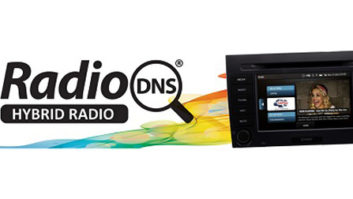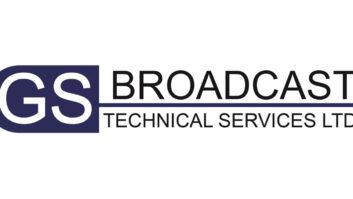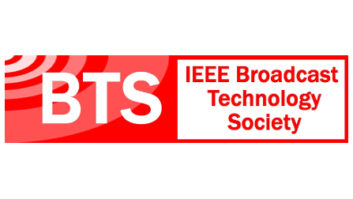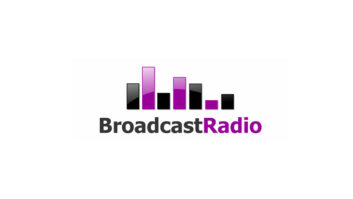Radio is everywhere. The pervasiveness of radio has remained almost unmatched for more than 70 years.
No other device has infiltrated so many places — bedrooms, kitchens, living rooms, bathrooms, workplaces, shops, cars. In the United Kingdom, each home has an average of six radios — but, increasingly, they don’t look like a radio; radio is now included within multifunction devices like MP3 players and cellular telephones.
The largest manufacturer of FM radios isn’t a consumer hi-fi manufacturer: it’s Nokia. Nokia ships more phones that contain FM radios than anyone else. That’s pointing to a trend that we cannot ignore, and that could be a tremendous opportunity for radio. For whilst radio is included as a function on many devices, more and more devices are also becoming connected to the Internet in some way or another.
Convergence paradox
The paradox is that whilst radio and the internet are appearing together on the same devices, they aren’t properly converged.
To date, no standard has been put in place for a device to make a connection between a broadcast radio station it’s receiving from the radio, and that station’s presence on the Internet. Aradio tuned into 95.8 MHz in London has no idea that it could get additional functionality and personalized content from capitalfm.com.
RadioDNS seeks to address that problem.
RadioDNS is a community project (initiated by Global Radio, the U.K.’s largest commercial broadcaster, and the BBC) working on an open framework for standardising the connection between radio and the Internet.
It is designed to work with most forms of broadcast and streaming radio — FM, HD, DAB, DRM, satellite — and uses preexisting information already in the transmissions, such as RDS PI codes in FM and SId codes in DAB. This information can be concatenated to form a pseudo-domain with which you can query any DNS server to find out the real domain associated with that broadcaster.
So, to continue our example, 95.8 FM in London becomes 0958.C586.E1 .fm.radiodns.org. If you ask any DNS server to resolve this domain, it tells you that it’s really an alias for capitalfm.com.
If this looks like geek-speak, don’t worry about that bit. All you need to know is that RadioDNS provides the way for radio broadcasters to tell radios how to connect back via the Internet. RadioDNS is an open project, so any broadcaster can put their station details into RadioDNS.
Once you’ve created that connection between the radio broadcast and the Internet, you can create all kinds of useful applications that can take advantage of this powerful combination of technologies.
Currently within the RadioDNS project there are three applications — RadioVIS, RadioEPG and RadioTAG.
- • RadioVIS adds visual enhancement (text and color images) to an existing radio broadcast. Global Radio (UK) use RadioVIS to add the text and images to its mobile applications, and any application writer can access this content by following the RadioDNS and RadioVIS protocols. The BBC’s R&D team have also trialed delivering visuals in this way.
- • RadioEPG gives access to program information, and service linking information. This would allow a radio to have a “universal preset” for a station, which would try and tune in first through HD, then FM and then through Internet streaming. Regardless of where in the world you were, that preset would find your station. Your audience cares about content, not platform.
- • RadioTAG is a very simple interactive layer, which sends back a simple tag to the originating broadcaster when the listener presses a button. This could form the basis of a voting system, music downloading or getting more information about an artist, interview, news story, etc.
Broadcasters can implement whatever applications they want to, and are not required to implement all of them. Other new applications can be built on the foundation of RadioDNS, and the RadioDNS project exists to manage the foundation framework and support applications.
Device manufacturers see the benefit of including radio functionality, but frequently complain that they cannot implement additional functionality because the standards vary so much between countries and even between broadcasters.
Open, ubiquitous approach
RadioDNS is an opportunity for broadcasters to “agree on technology and compete on content”, and ensure that we have a consistent, open, ubiquitous approach to converging broadcast radio and the Internet on the next era of connected media devices.
Over a hundred broadcasters are so far interested in the technology, or actively working on it. RadioDNS technology is already powering best-selling iPhone applications, and in use in many internal research projects. A hardware radio that supports visual enhancement via RadioDNS is on track for possible launch later this year. And the technology used is as scalable as the internet itself.
Find out more, and join the collaboration, at www.radiodns.org.
* * *
Nick Piggott is head of creative technology for Global Radio (UK). James Cridland is head of Future Media & Technology for BBC Audio & Music Interactive.











